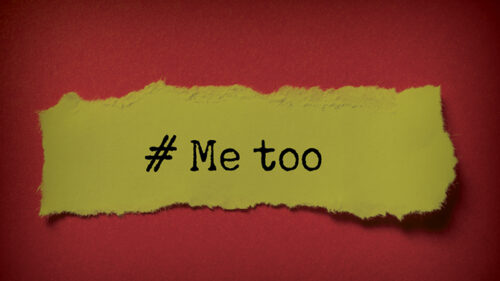Harvey Weinstein, James Rosen, James Franco, Donald Trump…the headlines are constantly alerting the public of the new alleged perpetrators within the “Me Too” movement. With this type of public attention on claims of discrimination and violation of public rights, employers’ exposure to lawsuits have increased over the course of a couple years. Therefore, the need for Employment Practices Liability Insurance (EPLI) is even more critical to control possible exponential costs and negative outcomes. Even if an employer thinks they have all gold-star employees, these claims can arise from past employees or applicants as well.
What makes these claims even more difficult (despite the costs and legal defense needs) is understanding the process and regulatory bodies, such as the Equal Employment Opportunity Commission (EEOC). Every state is different, but in most states, a claimant must go through the EEOC first before they can file a claim of discrimination against their employer. When it comes to admissible claims, there are 12 different areas of discrimination: age, disability, equal pay/compensation, genetic information, harassment, national origin, pregnancy, race/color, religion, retaliation, sex, and sexual harassment.
When a charge is filed, the EEOC will notify the organization. From there, the company will receive access to the EEOC’s Respondent Portal to view the charge and receive messages about the charge investigation. The EEOC will issue a ruling if the case is not settled in the interim. The ruling will determine whether the case is valid, and a lawsuit can be pursued.
So, when are you liable? It depends. When it comes to sexual harassment claims, which were about a third of all workplace discrimination claims in 2017, a company is vicariously liable if the harassment is done by a supervisor or other manager. Training management and having a good prevention program in place is critical because the manager’s actions are attributed directly to the company due to their status. A potential saving grace for a company is the Faragher-Ellerth Defense, which means there is credible evidence which rules out criminal or civil liability. Even if the company is technically liable, they may avoid being held responsible. The employer must credibly establish the following three facts:
- The employer did not take any retaliatory action (fired, demoted, or otherwise punished for using the legal system) against the plaintiff.
- The employer used reasonable care to prevent this kind of behavior and tried to correct the behavior promptly after learning about it.
- The plaintiff did not take advantage of the preventive or corrective measures offered by the employer.
It is important to note that employers can still be liable for harassment due to third parties and non-supervisor employees if management knew or should have known about harassment and failed to act. It should be common practice that managers report potential exposures and not keep things secret.
Awareness of sexual harassment in the workplace has spiked since the “Me Too” movement went viral in 2017. While most known cases were in the media and entertainment industries, sexual harassment is possible in all workplaces. Sexual harassment claims can be costly—the EEOC collected nearly $70 million for victims of sexual harassment in 2018. A company with a history or repeated complaints can also experience an increase in turnover and absences.
So, what can you do to decrease and handle sexual harassment in the workplace? You should have a set policy for employees that explains how to report a complaint. The goal is to encourage employees to report incidents by showing how serious you take the claims. Assure employees that you will follow through on all complaints. As a result, the policy should:
- Define harassment
- State who to report a complaint to
- Explain how the complaint will be investigated — you want to investigate promptly and thoroughly, and be transparent on if you will maintain confidentiality
- Set consequences for violations
- Protect the reporting employee against retaliation
Other best practices for handling harassment in the workplace can be updating executive agreements and hiring processes, reviewing past claims during mergers and acquisitions, and increasing bystander intervention trainings for all employees.
Beyond proactive best practices, a reactive resource for your company is an EPLI policy. Sexual harassment is defined as a wrongful employment practice and, therefore, covered by an EPLI policy. It is still important to pay attention to bodily injury exclusions, coverage being voided if someone knew about the harassment, and more. With increased reports of sexual harassment and the high cost associated with these claims, all employers should consider how they are, or aren’t, covered for sexual harassment cases.
Please feel free to reach out to your Holmes Murphy team if you have further questions or concerns on this matter. We are here as your risk management partner!
Additionally, don’t miss out on our November 19 webinar where we’ll be talking about this item specifically. To read more and sign up, click here.







